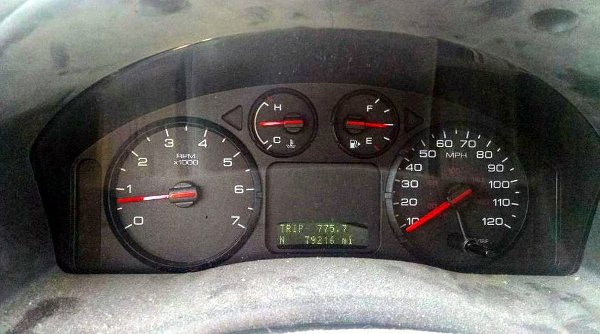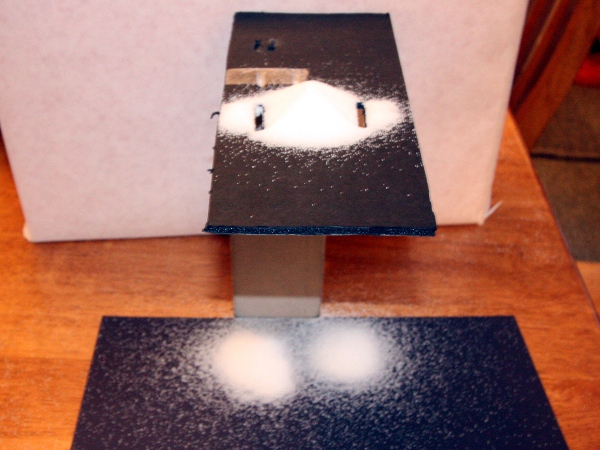There’s a new Science Express paper on interfering clocks today, which is written up in Physics World, with comments from yours truly. The quote is from a much longer message I sent– with no expectation that it would end up as anything other than a pull quote, I might add, but I thought the background… Continue reading Back-of-the-Envelope Gravitational Which-Way
Category: Experiment
My Week in Waterloo
I spent the last few days in Ontario, attending the Convergence meeting at the Perimeter Institute. This brought a bunch of Perimeter alumni and other big names together for a series of talks and discussions about the current state and future course of physics. My role at this was basically to impersonate a journalist, and… Continue reading My Week in Waterloo
Tiny Forces, Artificial Materials, and Wobbling Stars: Physics Post Round-Up
I’ve been really busy with year-end wrap-up stuff, but have also posted a bunch of stuff at Forbes. which I’ve fallen down on my obligation to promote here… So, somewhat belatedly, here’s a collection of physics-y stuff that I’ve written recently: — Using Atoms To Measure Tiny Forces: A post reporting on some very cool… Continue reading Tiny Forces, Artificial Materials, and Wobbling Stars: Physics Post Round-Up
Amazing Blackbody Radiation and LHC Basics
I was proctoring an exam yesterday in two different sections of the same class, so I had a lot of quite time. Which means I wrote not one but two new posts for Forbes… The first continues a loose series of posts about the exotic physics behind everyday objects (something I’m toying with as a… Continue reading Amazing Blackbody Radiation and LHC Basics
Breaking Boards
One of the highlights of teaching introductory mechanics is always the “karate board” lab, which I start off by punching through a wooden board. That gets the class’s attention, and then we have them hang weights on boards and measure the deflection in response to a known force. This confirms that the board behaves like… Continue reading Breaking Boards
On Toys in Science
The big social media blow-up of the weekend was, at least on the science-y side of things, the whole “boys with toys” thing, stemming from this NPR interview, which prompted the #GirlsWithToys hashtag in response. I’m not sorry to have missed most of the original arguments while doing stuff with the kids, but the hashtag… Continue reading On Toys in Science
Toy Roller Coasters and the Energy Principle
One of the points I make repeatedly in teaching introductory mechanics (as I’m doing this term) is that absolutely every problem students encounter can, in principle, be solved using just Newton’s Laws or, in the terminology used by Matter and Interactions, the Momentum Principle. You don’t strictly need any of the other stuff we talk… Continue reading Toy Roller Coasters and the Energy Principle
Colliders, Observatories, and Precision Measurements, Oh My!
The editor at Forbes suggested I should write something about the re-start of the Large Hadron Collider, so I did. But being me, I couldn’t just do an “LHC, yay!” post, but talk about it in a larger context, as one of three major approaches to filling the gaps in the Standard Model: The big… Continue reading Colliders, Observatories, and Precision Measurements, Oh My!
How Fast Is SteelyKid’s Nerf Gun?
SteelyKid is spending a couple of days this week at “Nerf Camp” at the school where she does taekwondo. This basically consists of a bunch of hyped-up kids in a big room doing martial activities– taekwondo class, board breaking, and “Nerf war” where they build an obstacle course and then shoot each other with dart… Continue reading How Fast Is SteelyKid’s Nerf Gun?
Particle-Wave Duality for Eight-Year-Olds
Over at Scientific American’s Frontiers for Young Minds blog, they have a great post on what happens when you ask scientists to explain key elements of a different research field. It’s pretty funny, and rings very true, as SteelyKid asks me tons of science questions, very few of which have anything to do with atomic,… Continue reading Particle-Wave Duality for Eight-Year-Olds




